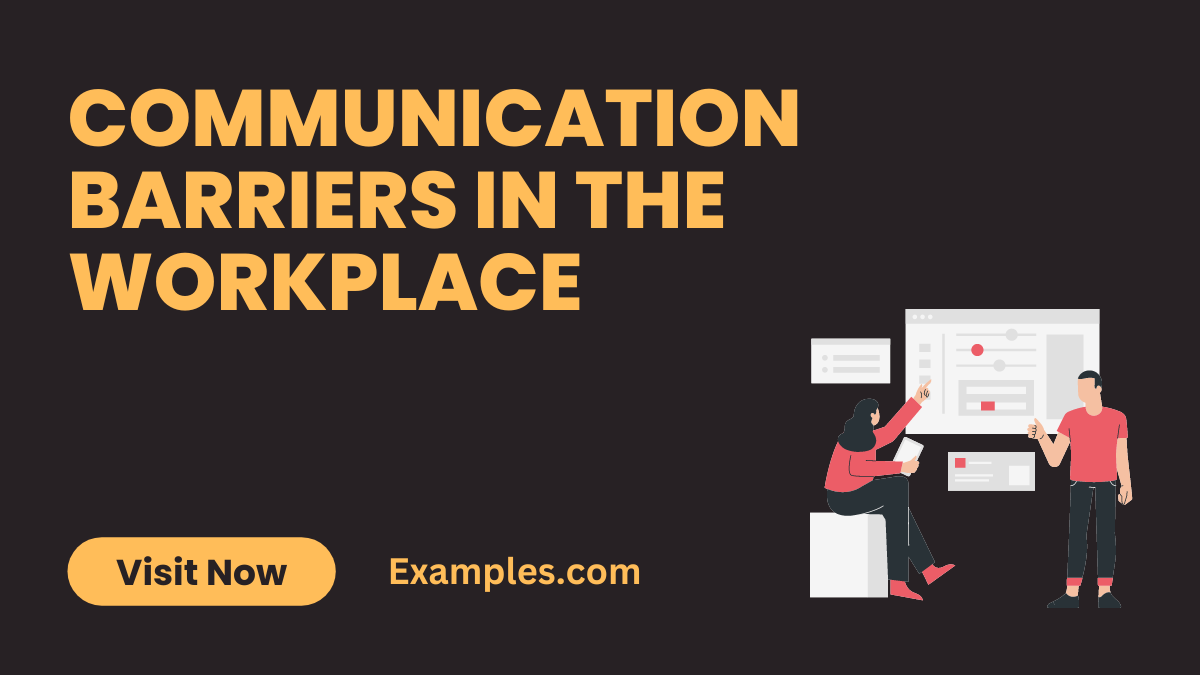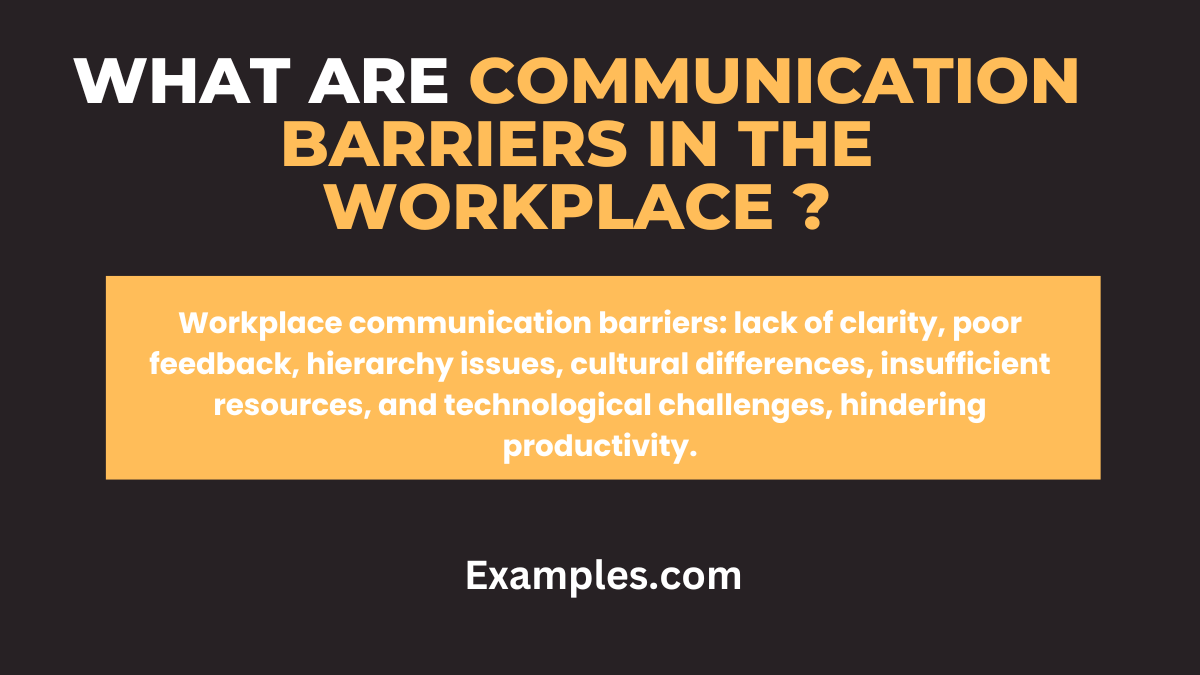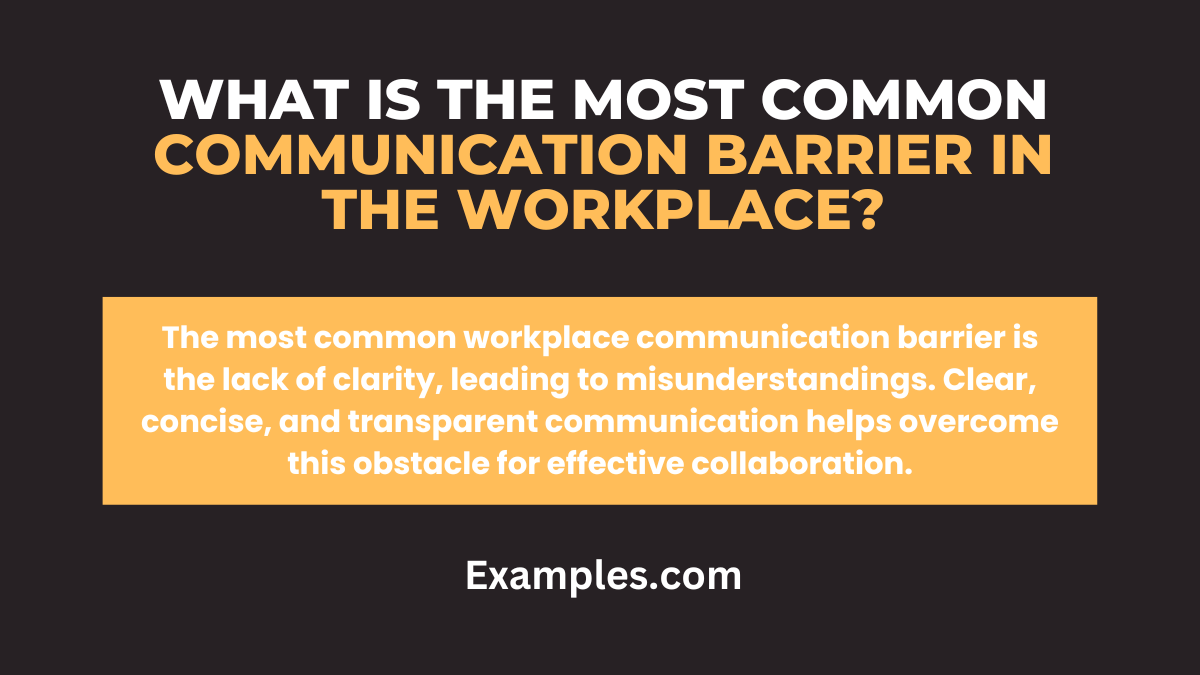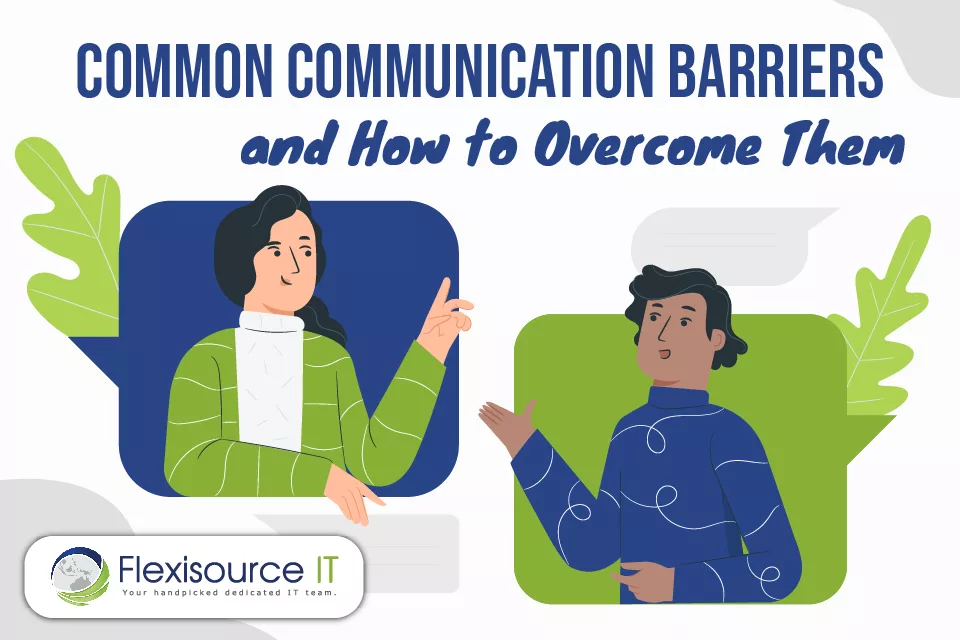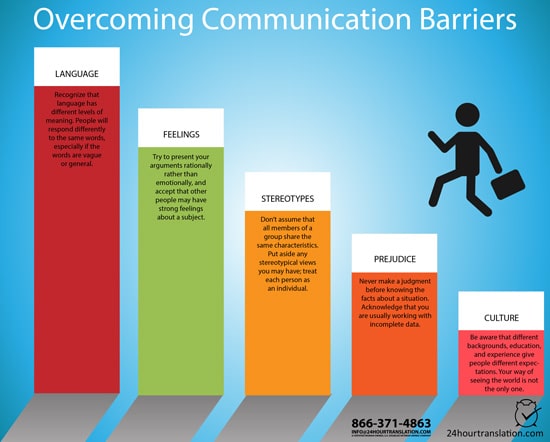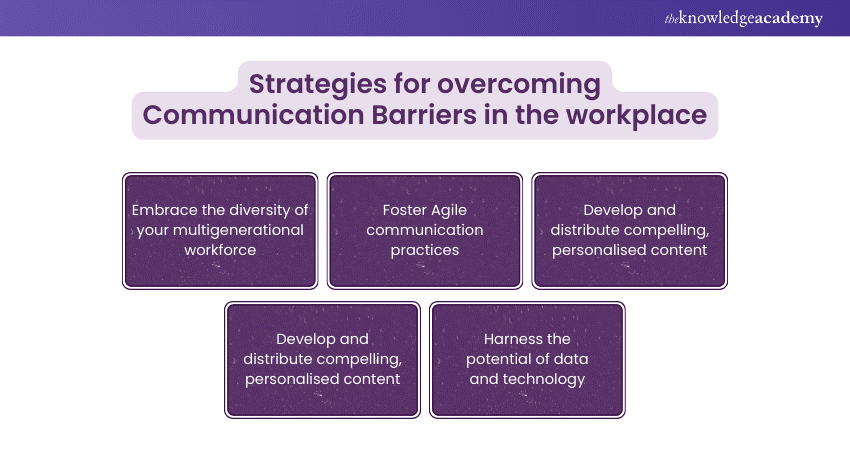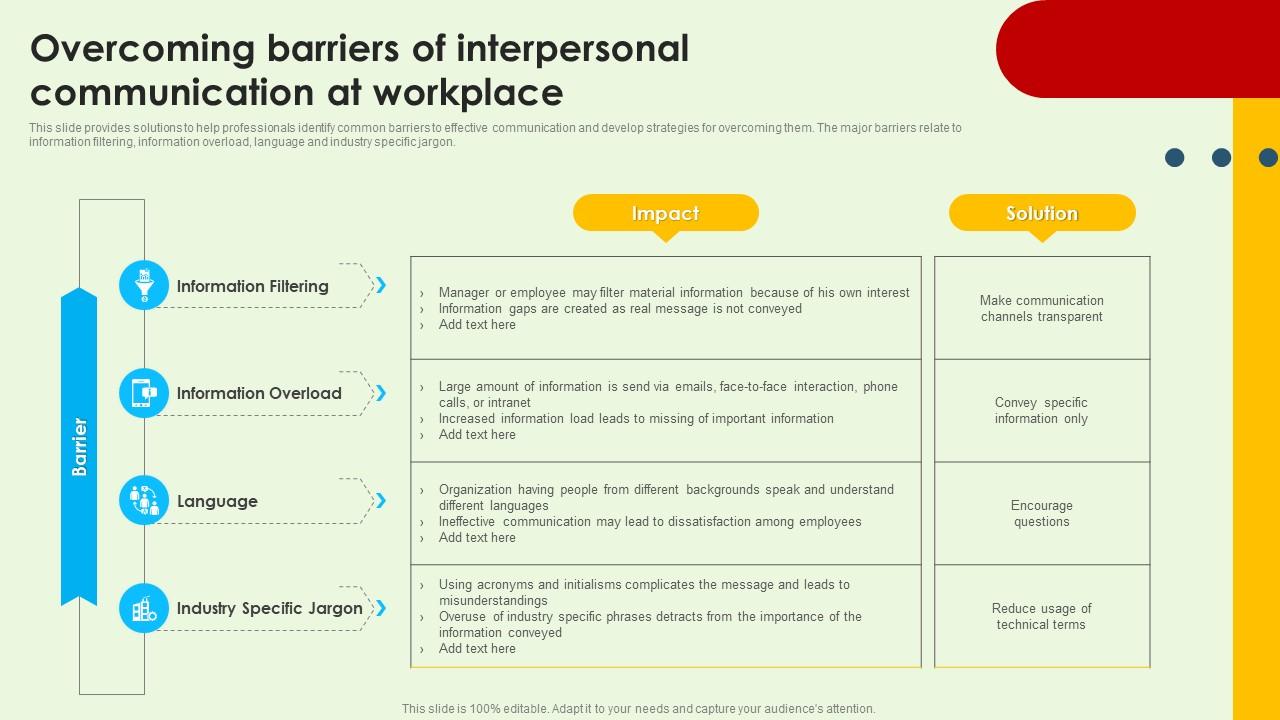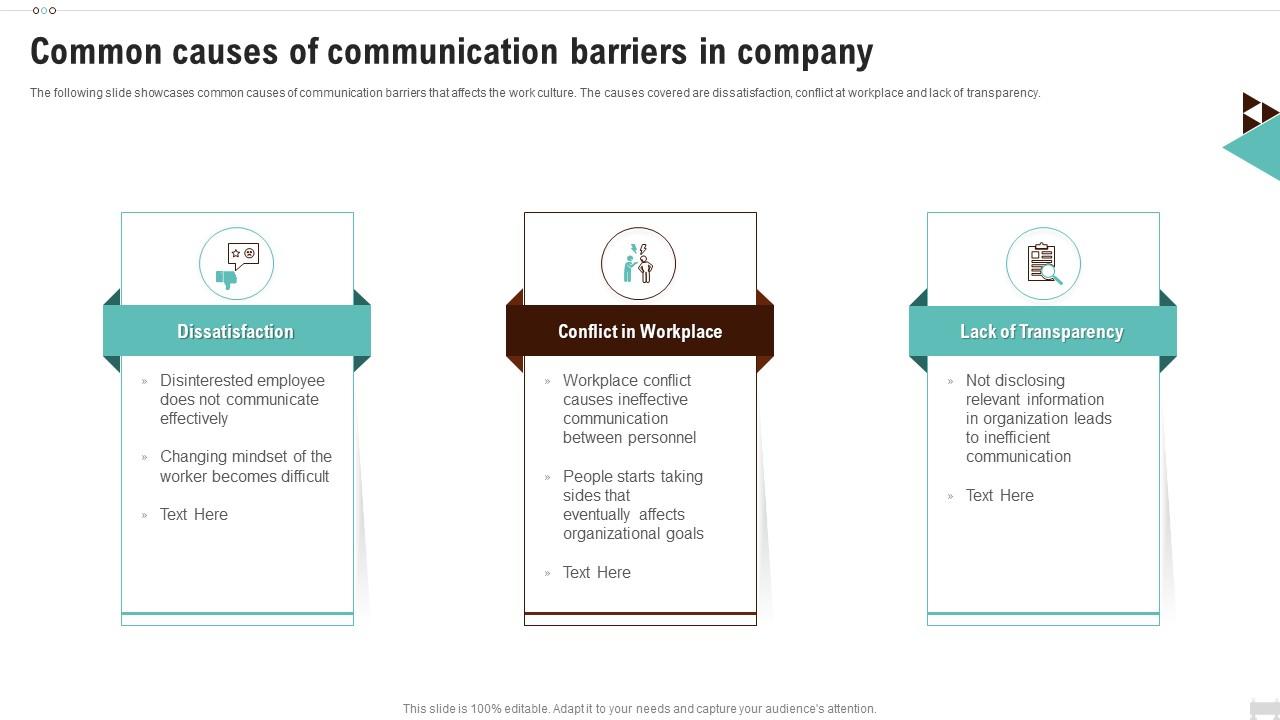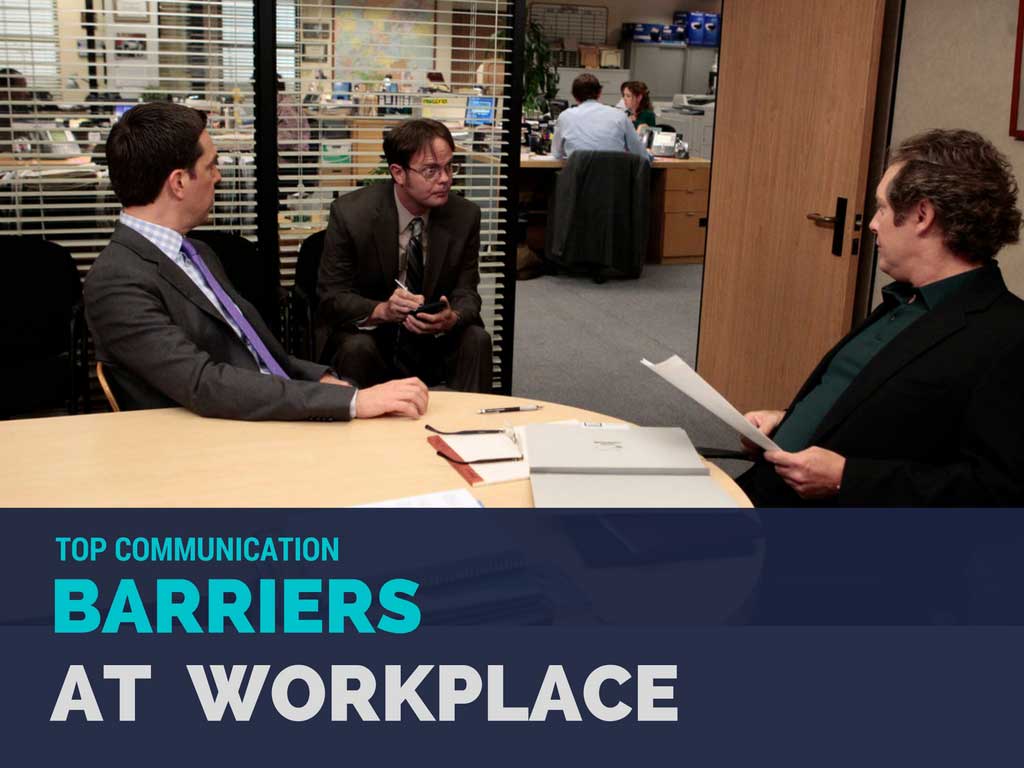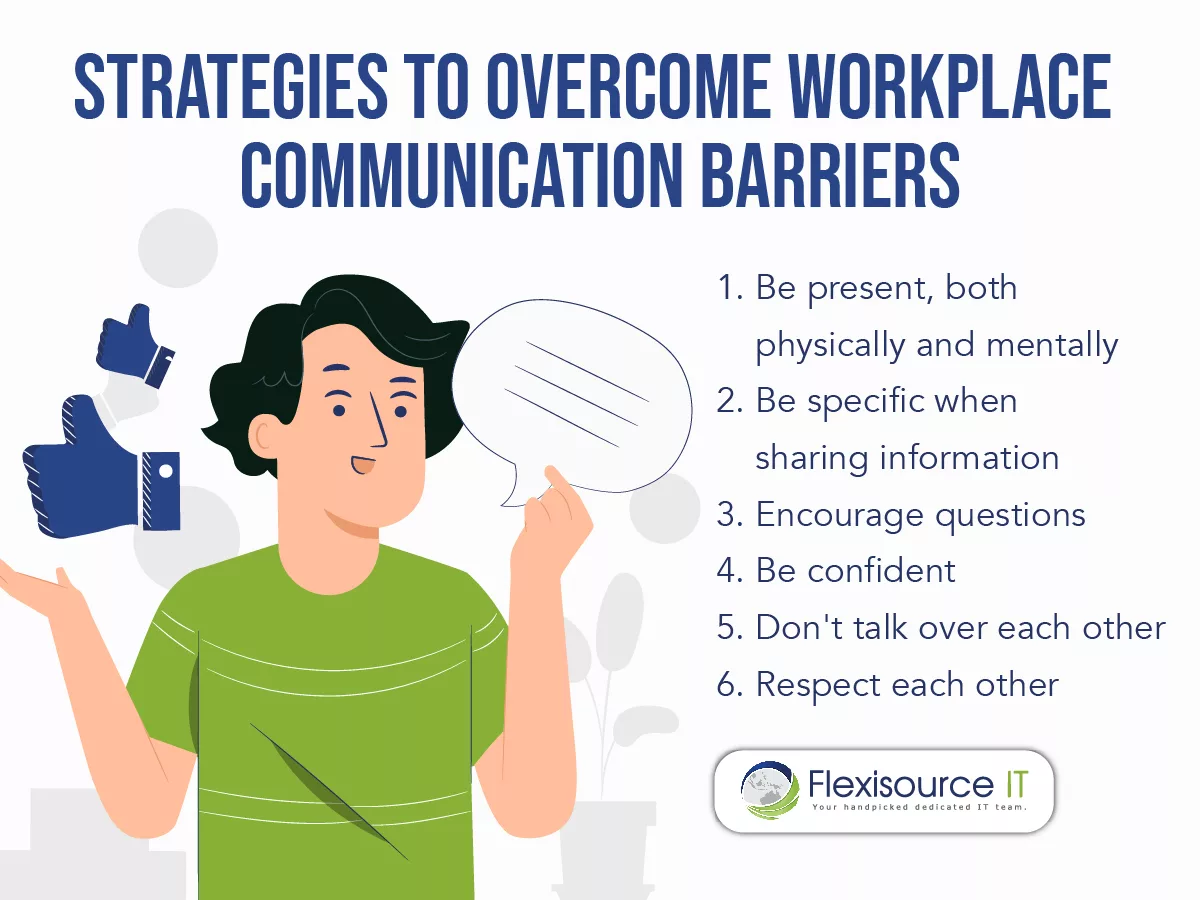Common Communication Barriers In The Workplace
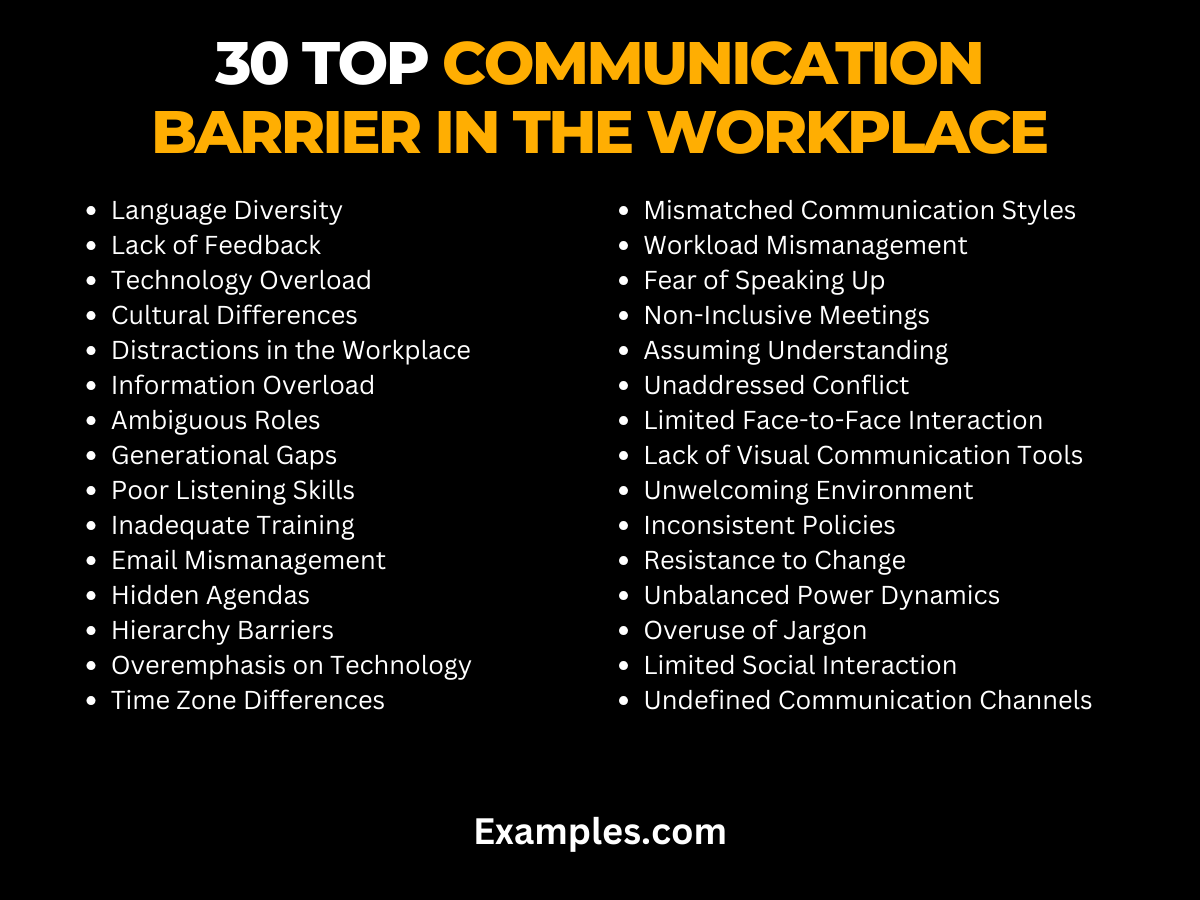
Imagine a bustling office, the air thick with the hum of keyboards and the murmur of conversations. Yet, beneath the surface of productivity, unseen barriers are silently disrupting the flow of ideas and collaboration. Misunderstandings arise, deadlines are missed, and frustration simmers. It’s a common scenario, one that highlights the pervasive challenge of communication barriers in the workplace.
At the heart of any successful organization lies effective communication. However, several obstacles can impede this essential process, hindering productivity, morale, and ultimately, the bottom line. Understanding and addressing these barriers is crucial for fostering a thriving and collaborative work environment.
Understanding the Landscape of Communication Barriers
Communication barriers are broadly defined as anything that prevents us from receiving and understanding the messages others use to convey their information, ideas, thoughts and feelings. They exist in various forms, each with its unique impact on workplace dynamics.
Physical Barriers
Physical barriers are perhaps the most straightforward. They encompass environmental factors that hinder communication. Imagine trying to have a serious conversation in a noisy construction site or struggling to collaborate effectively when team members are scattered across different time zones.
These barriers can be minimized through thoughtful workspace design, utilizing technology for virtual meetings, and establishing clear communication protocols for remote teams, according to a study by the Society for Human Resource Management (SHRM).
Semantic Barriers
Semantic barriers arise from the different interpretations of words and symbols. Jargon, technical terms, and ambiguous language can easily lead to confusion, especially when individuals come from different backgrounds or departments. For example, the IT department's explanation of 'cloud migration' may be lost on the marketing team.
To mitigate this, organizations should prioritize clear, concise language. Encourage the use of plain language and provide glossaries or training to ensure shared understanding.
Psychological Barriers
Psychological barriers delve into the realm of emotions, attitudes, and perceptions. Preconceived notions, biases, and emotional states can significantly distort how we receive and process information.
For instance, a manager with a negative bias towards a particular employee might misinterpret their suggestions, hindering open dialogue and innovation. Actively listening, practicing empathy, and fostering a culture of psychological safety are crucial for overcoming these barriers. A recent report by Gallup highlighted the link between psychological safety and increased team performance.
Cultural Barriers
In today's globalized world, cultural differences can present significant communication challenges. Varying communication styles, norms, and values can lead to misunderstandings and misinterpretations.
Direct versus indirect communication styles, differing levels of formality, and varying attitudes towards hierarchy can all contribute to miscommunication. Organizations with diverse workforces should invest in cultural sensitivity training and promote cross-cultural understanding to bridge these gaps.
Organizational Barriers
Organizational structures and policies can also impede communication. Hierarchical structures can limit the flow of information, while unclear communication channels can lead to confusion and delays.
Bureaucratic processes and excessive red tape can stifle open communication and hinder innovation. Streamlining communication channels, empowering employees, and fostering a more transparent and collaborative organizational culture can help overcome these obstacles. Implementing open-door policies and encouraging feedback are good steps.
The Significance of Overcoming Barriers
Addressing communication barriers isn't just about improving efficiency; it's about building a stronger, more resilient, and more engaged workforce. Effective communication fosters trust, enhances collaboration, and promotes a sense of belonging.
When employees feel heard and understood, they are more likely to be motivated, productive, and committed to the organization's goals. Conversely, poor communication can lead to misunderstandings, conflict, and decreased morale, ultimately impacting the organization's success.
Moving Forward: A Path to Clear Communication
The journey to overcome communication barriers is an ongoing process. It requires a conscious effort from both individuals and organizations. It requires active listening, empathy, clarity, and a willingness to adapt to different communication styles.
By acknowledging the presence of these barriers and implementing strategies to mitigate them, organizations can unlock the full potential of their workforce and create a more vibrant and productive work environment. Embracing open communication and fostering a culture of understanding will not only improve workplace dynamics but also contribute to the overall success of the organization.
Ultimately, clear communication is not merely a tool but a cornerstone of a thriving workplace. It's the foundation upon which strong relationships are built, ideas flourish, and success is achieved.


